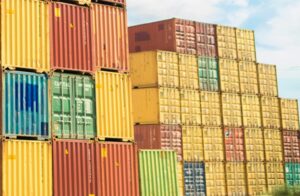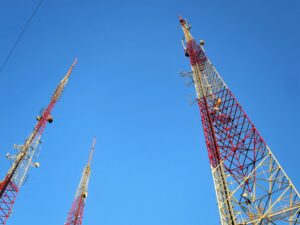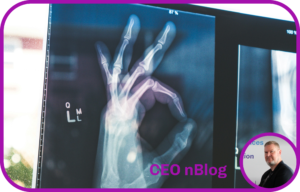::: nBlog :::
Services like marinetraffic.com and flightradar24.com have recently become quite popular, due to widespread media references during air disasters and e.g. the recent submarine hunting operation in Sweden.
Marinetraffic.com collects and maps standard marine AIS messages on VHF frequencies 161.975 and 162.025 MHz; flightradar24 listens to the ADS-B air radar signal on 1.090 GHz and 978 MHz with vertically polarized antenna. AIS has an effective range of less than 100 kilometers, while ADS-B can propagate 300km in suitable weather conditions.
In the past, both AIS and ADS-B receivers were expensive and used almost exclusively by commercial air and marine operators, in addition to national traffic controls. However, proliferation of Software Defined Radio (SDR) has completely changed the game, enabling AIS and ADS-B decoding with common PC hardware using open source SDR tools and standard radio equipment – which equals to $20 USB TV sticks using chips found in virtually all new televisions.
Both marinetraffic and flightradar24 are based on crowdsourcing, meaning that there are enough volunteer hobbyists sending in their received AIS/ASD-B data over the Internet, and in exchange getting their nearby traffic to a common map.
The database and visualization engines behind these services do not require much scalability, as the number of ships and planes in motion and thus the concurrent data flow is growing slowly.
I would, however, like to see all these signals and events in one distributed system, with different selectable layers like weather, localized solar electric activity, water temperatures and other environmental measurements, plus individual car and public transport data, whenever they become available and decodable. This will enable powerful correlation capabilities, driving further innovation and ideas for new, unexpected data sources.
This kind of development will eventually move traffic design and control into these (remote) systems, with self-driving cars most likely being among the first benefactors. However, underlying systems must be always-on, scalable, fault tolerant and inherently distributed. The self-driving car will not accept “503 Service Unavailable” on the highway.
//Pasi




4 replies on “Software Defined Traffic”
Hello basen.net webmaster, Your posts are always well-supported by facts and figures.
Quality Car Shade Ports Cape Town
To the basen.net administrator, Your posts are always well received by the community.
Hello basen.net administrator, You always provide helpful diagrams and illustrations.